Battle of Vicksburg was fought during the American Civil War between Union Army of the Tennessee led by Maj. Gen. Ulysses S. Grant and Confederate Army of Mississippi led by Lt. Gen. John C. Pemberton. It was the last major military conflict of the Vicksburg Campaign of the Union, the aim of which was to capture Vicksburg, a crucial fortress city which linked the eastern and western parts of the Confederacy; and was hugely important to their economic interest. The Battle of Vicksburg began with failed assaults by the Union forces on the Confederate defense before they settled into a successful 47-days siege. Successful capture of Vicksburg by the Union army is considered one of the turning points of the American Civil War. Know more about the events, significance, outcome and casualties of the Battle of Vicksburg through these 10 interesting facts.
#1 THE FORTRESS CITY OF VICKSBURG WAS IMMENSELY IMPORTANT TO THE CONFEDERACY
The Mississippi River, more than 2000 miles in length, was the most important economic feature of the United States and had been termed “the spinal column of America.” By the summer of 1863, Vicksburg, a fortress city, dominated the last Confederate controlled section of the river. It was at Vicksburg that huge quantities of goods were transported across the great river and onto every corner of the Confederacy. The city was the link to the resource rich region west of the Mississippi River, the Trans-Mississippi, called by some historians as the breadbasket of the Confederacy. Vicksburg was the connecting link between the eastern and western parts of the Confederacy and Confederate President Jefferson Davis said, “Vicksburg is the nail head that holds the South’s two halves together.” Early in the Civil War, Union President Abraham Lincoln also stressed on the importance of capturing the city stating, “Vicksburg is the key” to end the war.
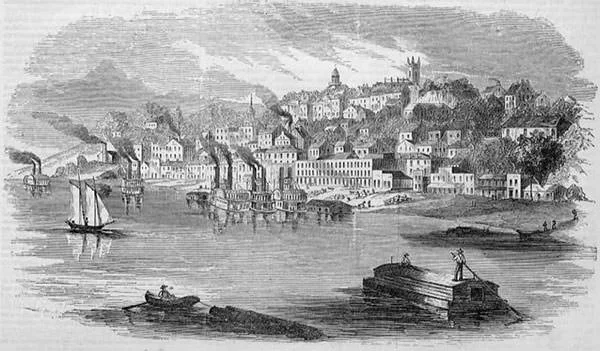
#2 BEFORE TRYING TO SIEGE VICKSBURG, GRANT CUT OF ITS SUPPLIES
On October 10, 1862, Confederate lieutenant general John C. Pemberton was assigned the task to defend Vicksburg. On April 29, 1863, with help from the fleet of Admiral David D. Porter, the Union Army of the Tennessee under Maj. Gen. Ulysses S. Grant crossed the Mississippi River. On May 1, the Union forces won the Battle of Port Gibson. On May 6, Ulysses S. Grant marched north-east, away from Vicksburg and towards the Southern Railroad. His Army of the Tennessee defeated the Confederate forces in the Battle of Raymond on May 12. Two days later, the Union troops won the Battle of Jackson against Confederate General Joseph E. Johnston, Pemberton’s superior who was in command of the Confederate Department of the West. The Mississippi state capital, Jackson, was thus captured; and the Union force reached the Southern Railroad and isolated Vicksburg from reinforcement and resupply. Also, the threat to Grant’s flank or rear was eliminated.
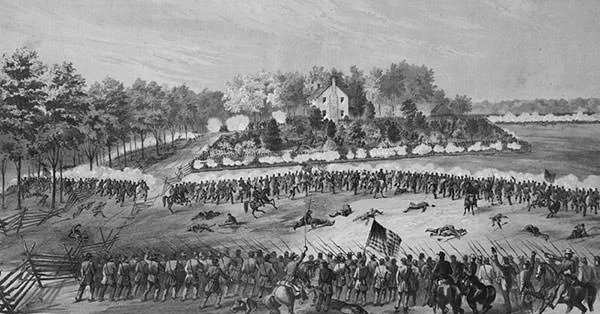
#3 It WAS PRECEDED BY THE PIVOTAL BATTLE OF CHAMPION HILL
Joseph E. Johnston believed the Confederates could defeat Grant’s army in open field and there was no need of defending Vicksburg. He ordered Pemberton to engage with Grant in open field. On the other hand, Confederate President Jefferson Davis directed Pemberton to protect Vicksburg at all cost. In two minds, Pemberton ultimately decided to follow the orders of his commanding officer. He moved his troops out of Vicksburg and towards Grant’s army hoping to defeat it in open field. This led to the Battle of Champion Hill on May 16, 1863. After several hours of battle, the superiority in numbers of the Union force and threat of being outflanked, forced the Confederates to withdraw. Pemberton thus lost his last chance to defeat Grant in open field and was left with no other option but to defend the fortress city of Vicksburg. The Battle of Champion Hill is considered a pivotal battle of the Vicksburg Campaign which made the Siege of Vicksburg inevitable.
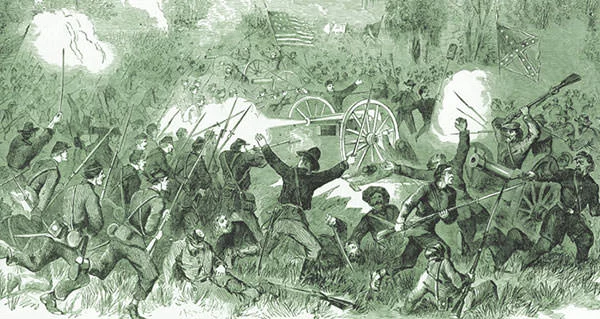
#4 UNION FORCES OUTNUMBERED THE CONFEDERATE FORCES BY MORE THAN 2:1 AT THE START
Ulysses S. Grant’s Union Army of the Tennessee brought five corps to the siege: IX Corps under John Parke; XIII Corps under John A. McClernand; XV Corps under William T. Sherman; XVI Corps under Cadwallader C. Washburn; and XVII Corps under James B. McPherson. John C. Pemberton’s Confederate Army of Mississippi inside Vicksburg consisted of four divisions under: Carter L. Stevenson; John H. Forney; Martin L. Smith; and John S. Bowen. When he reached Vicksburg, Pemberton could put only 18,500 troops in his lines while Grant had over 35,000, with more on the way. However, Pemberton did have the advantage of terrain and fortifications that made his defense nearly impenetrable. Many Confederates expected Joseph E. Johnston to relieve the city but it never happened. Johnston instead told Pemberton to sacrifice the city and save his troops, which Pemberton didn’t do.
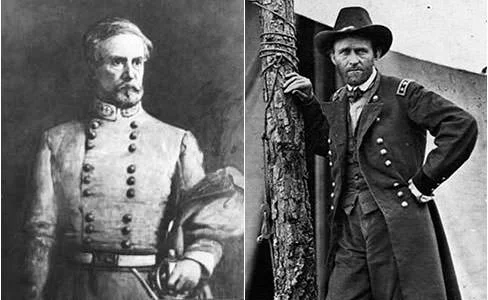
#5 BATTLE OF VICKSBURG BEGAN WITH THE UNION ATTACK ON MAY 19, 1863
Ulysses S. Grant, in order to overwhelm the Confederates before they could fully organize their defenses, ordered an attack on the morning of May 19, 1863. Union artillery opened fire upon the city and for hours bombarded the Confederate works with solid shot and shell. At 2 pm, Union soldiers deployed into line of battle astride Graveyard Road, north-east of Vicksburg, and stormed the city’s defenses. However, the Confederates easily repulsed the attack and drove back the Union troops. Union casualties in the May 19 assaults were 942 men as compared to Confederate casualties of only 70. Nevertheless, Grant prepared for another attack, with greater planning.
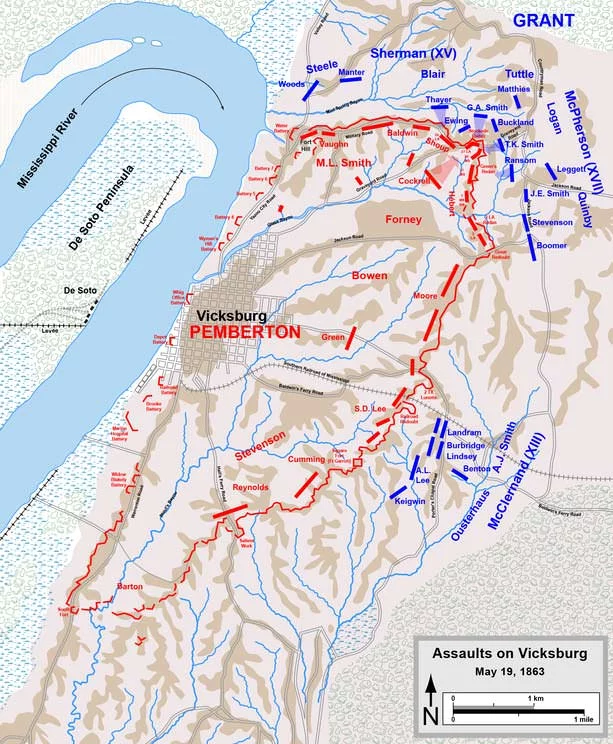
#6 GRANT’S SECOND ASSAULT TO TAKE VICKSBURG BY STORM ALSO ENDED IN FAILURE
Grant launched his second assault to capture Vicksburg on May 22. After a massive bombardment, his three corps commanders, McPherson, McClernand and Sherman, were ordered to attack in their respective sectors. Sherman’s men in the right and McPherson’s men in the center were easily repulsed. McClernand’s men on the left were closest to breaking the Confederate line but his demand for additional help was not met immediately; forcing him to retreat. Apart from this short-lived penetration at Railroad Redoubt, Grant’s men achieved little and were driven back. The Union forces suffered severe loss. Union casualties were more than 3000 (502 killed, 2,550 wounded and 147 missing) while Confederate casualties are estimated to be under 500.
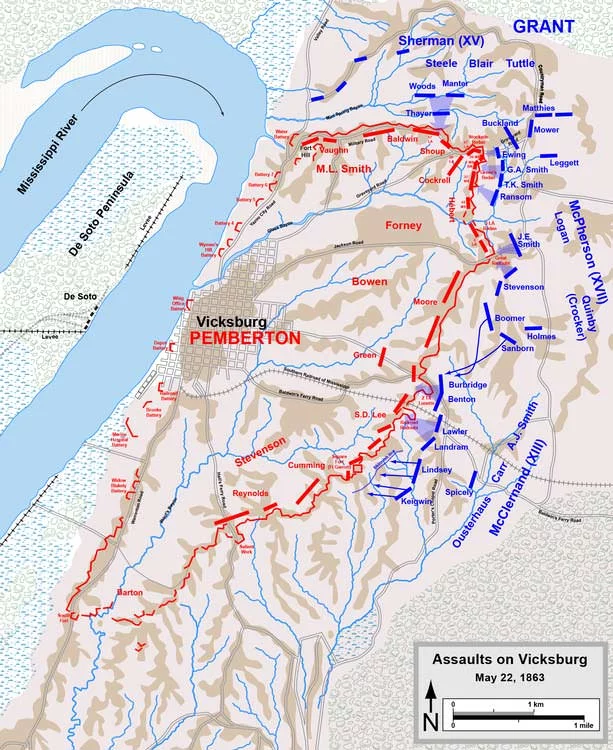
#7 GRANT SETTLED INTO A SIEGE AFTER HIS TWO FAILED ASSAULTS
After two failed assaults and severe losses, Ulysses S. Grant settled into a siege. His troops began to dig in, constructing elaborate entrenchments that surrounded the city; and moved closer to the Confederate fortifications. With their backs against the Mississippi and union gunboats under Admiral David D. Porter firing from the river, the Confederates were trapped in Vicksburg. Meanwhile reinforcements kept arriving to aid Grant in the siege. On the Louisiana side of the Mississippi River, Confederate and Union forces engaged in several battles to aid their sides. Grant had established supply depots at Milliken’s Bend, Young’s Point and Lake Providence. Confederate Maj. Gen. Richard Taylor launched a three-pronged campaign against Grant’s three supply depots. But all three of his assaults were defeated. Additionally, Union forces won the Battle of Richmond, thus depriving the Vicksburg garrison of yet another supply route from Louisiana farmlands.
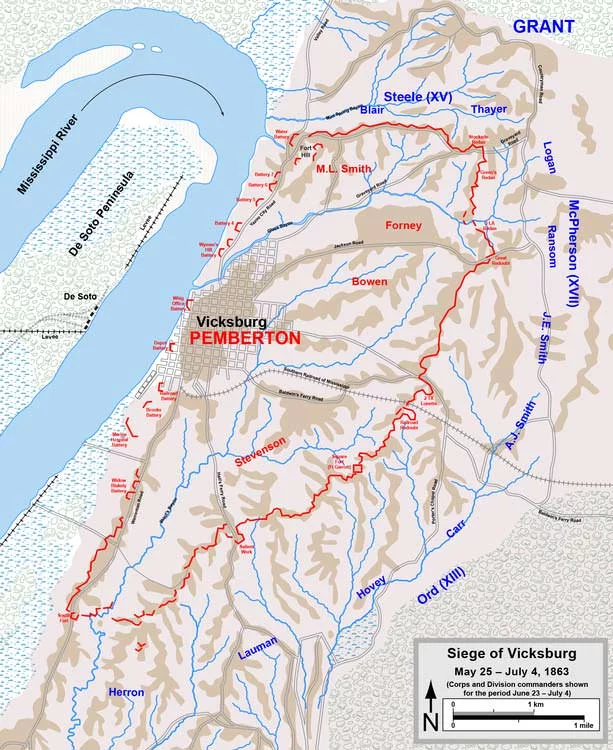
#8 SIEGE OF VICKSBURG ENDED WITH CONFEDERATE SURRENDER ON 4TH OF JULY, 1863
With escape seeming improbable, John C. Pemberton was determined to hold the city hoping for relief from Johnston or elsewhere. Vicksburg was soon left with little food and the poor diet showed on the Confederate soldiers. Scurvy, malaria, dysentery, diarrhea, and other diseases cut their ranks; and by the end of June, half were out sick or hospitalized. Also, due to constant shelling of the city, suitable housing was reduced to a minimum. Finally, on July 3, Pemberton sent a note to Grant regarding the possibility of negotiations for peace. Grant initially demanded unconditional surrender but Pemberton refused. However, later that night, Grant offered parole to Pemberton and his army, which the Confederate general accepted. The surrender was finalized on July 4, 1863, and the Union army took control of the city.
#9 FALL OF VICKSBURG IS CONSIDERED ONE OF THE TURNING POINTS OF THE AMERICAN CIVIL WAR
The successful capture of Vicksburg, marked the end of the Vicksburg Campaign and yielded command of the Mississippi River to the Union forces, who held it for the rest of the American Civil War. With the Union in control of the entire river, the Confederacy was unable to send supplies or communications across its breadth. It split the Confederacy in half, a major blow to their cause. The fall of Vicksburg came just one day after the defeat of Confederate General Robert E. Lee at the pivotal Battle of Gettysburg by Union forces led by Maj. Gen. George Meade. Thus many point to early July, 1863 as the turning point of the American Civil War.
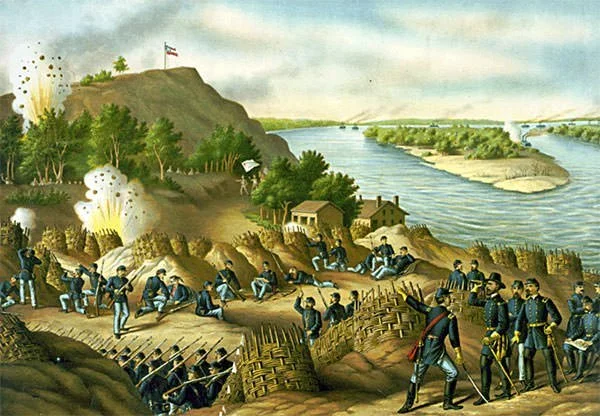
#10 VICKSBURG DIDN’T CELEBRATE INDEPENDENCE DAY FOR 81 YEARS DUE TO THE DATE OF SURRENDER
The Siege of Vicksburg lasted for 47 days from 18th May to 4th of July, 1863. Union casualties for the battle and siege of Vicksburg were 4,835 (766 killed; 3,793 wounded; 276 captured/missing) while the Confederate loss was 32,697 (3,202 killed/wounded/missing; and 29,495 surrendered). In recognition of the day the siege ended, the townsfolk of Vicksburg did not celebrate Independence Day for 81 years. In 1899, Confederate veteran Stephen Dill Lee supervised the establishment of the 1,800 acre Vicksburg National Military Park. It preserves the site of the Battle of Vicksburg and also commemorates the greater Vicksburg Campaign which led up to the battle. It also contains reconstructed forts and trenches to evoke memories of the 47-day siege.
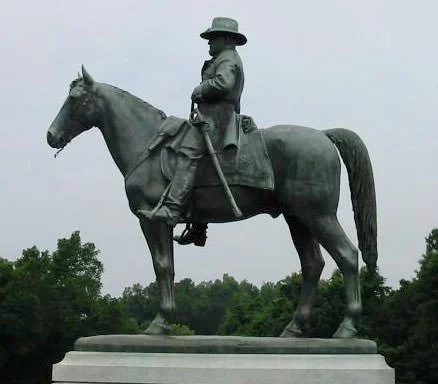
THE ANACONDA PLAN
The Anaconda Plan is the name given to the Union strategy to defeat the Confederacy. The plan was conceived by Winfield Scott, who had served as the Commanding General of the United States Army from 1841 to 1861. The strategy emphasized a Union blockade of the Southern ports and called for an advance down the Mississippi River to cut the South in two. The capture of Vicksburg in July 1863 thus completed the second part of the Anaconda Plan. The plan gets its name as it was compared to the coils of an anaconda suffocating its victim. Though the Anaconda Plan was widely criticized for being too passive, the eventual Union victory followed its outlines, broadly.

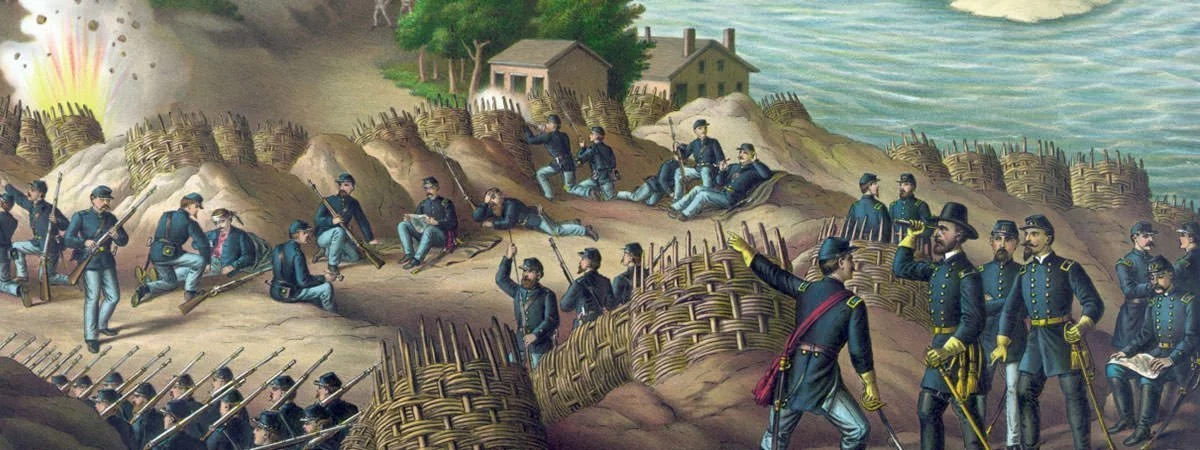
i think union
Very informative. My great.Great.Grand Father was in the 11th Illinois infantry.
For the confederates or the union?